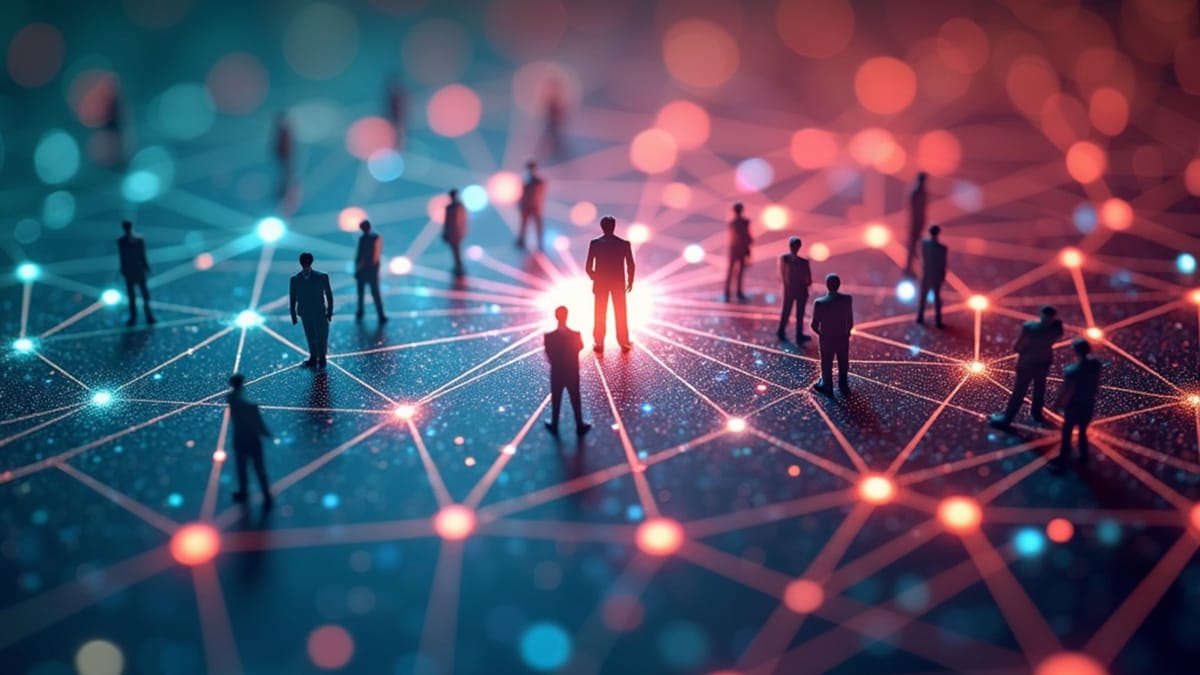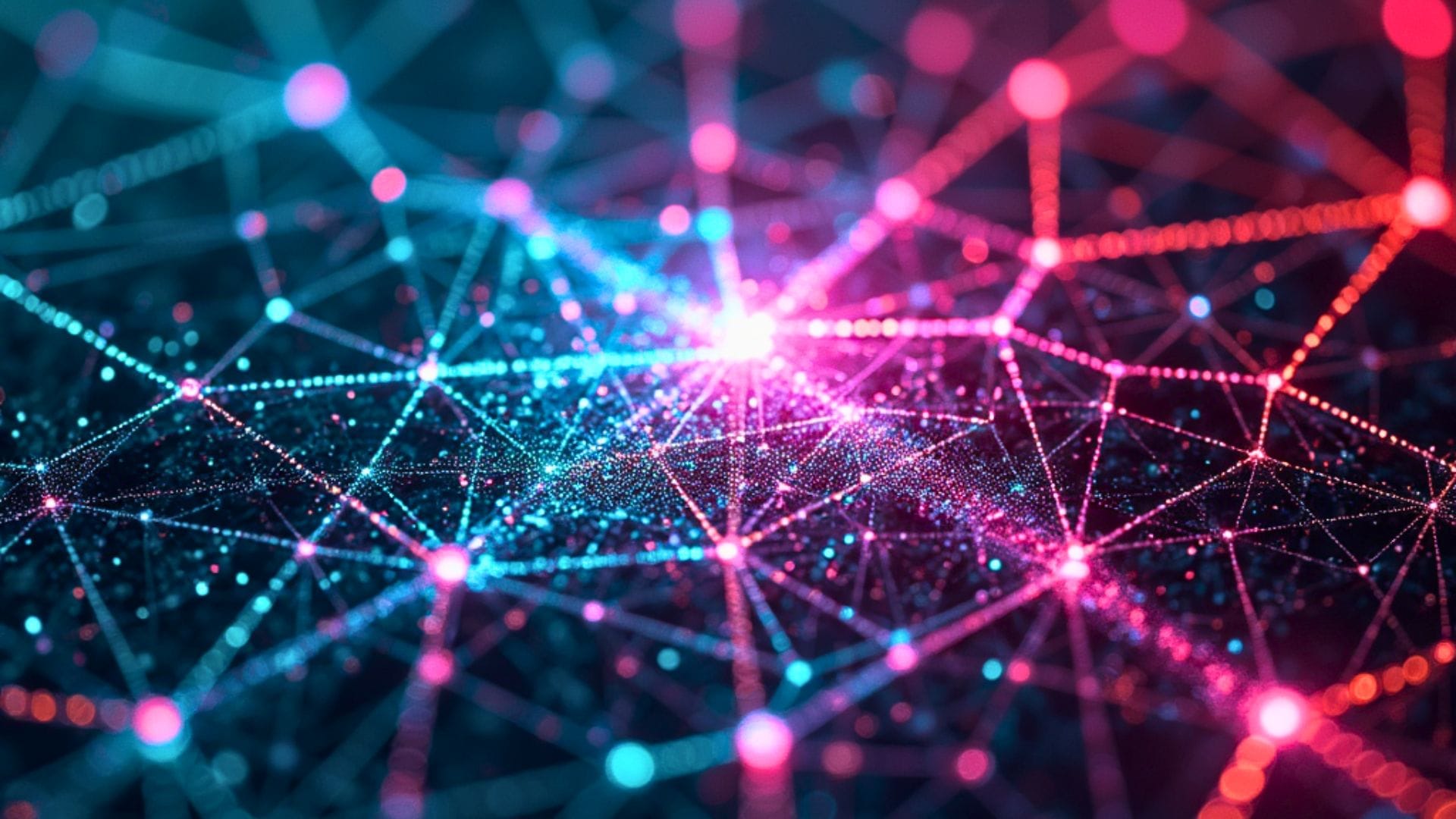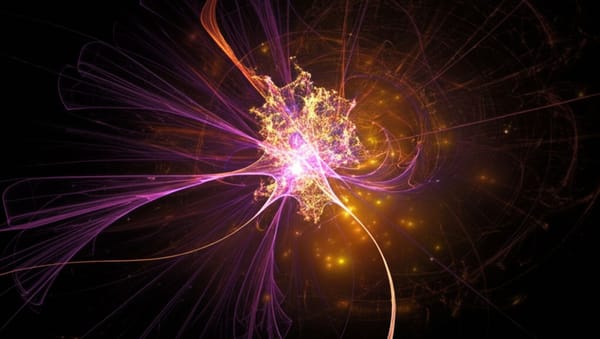AI Now Functions as a True Workplace Teammate, Not Just a Tool

Generative AI functions as a genuine "cybernetic teammate" in workplace settings, offering employees the collaborative benefits traditionally only provided by human colleagues, according to groundbreaking research from a joint academic-industry team.
End of Miles reports the field experiment, conducted with 776 Procter & Gamble professionals, demonstrates that AI acts not merely as a productivity tool but as an active participant that enhances performance, enables cross-functional expertise sharing, and creates positive emotional experiences for workers.
More Than Just Another Tool
The study represents a significant departure from previous conceptions of workplace AI. Rather than viewing AI as just another productivity application—like a spreadsheet or specialized software—the research reveals it functions more like a collaborative partner within professional settings.
"AI is no longer merely a passive tool but rather functions as a 'cybernetic teammate.' By interfacing dynamically with human problem-solvers—providing real-time feedback, bridging cross-functional expertise, and influencing self-reported emotional states—GenAI shows its capacity to occupy roles we typically associate with human collaborators." Research team, Harvard Business School and The Wharton School
The insight comes from a preregistered field experiment at Procter & Gamble, where researchers randomly assigned professionals to work on real product innovation challenges either individually or in teams, with or without AI assistance. The study focused on three dimensions traditionally associated with human teamwork: performance enhancement, expertise sharing, and social engagement.
Performance Comparable to Human Teams
Among the study's most striking findings, individuals working with AI produced solutions of comparable quality to two-person teams without AI. This suggests AI can effectively replicate certain benefits previously achieved only through human collaboration.
"By showing that AI can elevate individual performance to levels comparable to traditional teams while simultaneously breaking down professional silos, our findings contribute to both the emerging literature on AI in organizations and classical theories of team effectiveness," notes the Harvard-Wharton research team.
This performance effect wasn't limited to simple quality improvements. The researchers found that teams using AI were three times more likely to produce solutions ranking in the top 10% of all submissions compared to the control group. Additionally, participants using AI spent 12-16% less time on tasks while producing substantially longer, more comprehensive solutions.
Breaking Down Expertise Boundaries
Perhaps the most transformative effect observed was AI's ability to break down traditional functional silos within the organization. Without AI assistance, participants typically produced solutions aligned with their professional backgrounds—R&D specialists favored technical approaches while Commercial professionals developed market-focused ideas.
"When teams worked without AI, they produced more balanced solutions through cross-functional collaboration. Remarkably, individuals using AI achieved similar levels of solution balance on their own, effectively replicating the knowledge integration typically achieved through team collaboration."
This finding highlights AI's capacity to function as an effective boundary-spanning mechanism, helping professionals reason across traditional domain boundaries and approach problems more holistically—a function typically requiring diverse human team composition.
The Social Dimension of AI Collaboration
Unlike previous technological innovations that often introduced negative workplace experiences, participants using AI reported consistently positive emotional responses, including increased excitement and enthusiasm, along with reduced anxiety and frustration.
This contrasts with historical patterns where new technologies created anxiety or diminished workplace satisfaction. The researchers noted that "GenAI's interactive features appear to create remarkably positive experiences for workers," suggesting its language-based interface may fulfill part of the social role traditionally offered by human teammates.
For organizations, these findings suggest the need to fundamentally rethink optimal team structures and work processes. As AI increasingly functions as a genuine teammate rather than just another tool, companies may need to reconsider traditional assumptions about team size, composition, and the development of expertise within their workforce.





